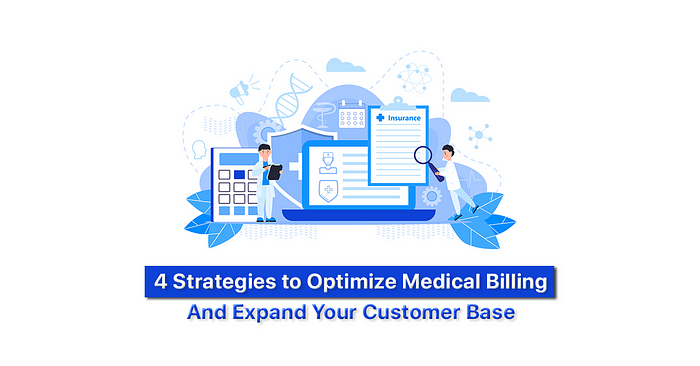4 Strategies to Optimize Billing and Expand Your Customer Base
The increasing demand for incontinence products is prompting home medical equipment (HME) providers to reevaluate their existing incontinence programs. With the U.S. witnessing a significant rise in the aging population, marked by 10,000 people turning 65 every day according to the U.N. Population Division, there is a growing market for incontinence products. Studies from Mayo Health Systems and the National Library of Medicine reveal that up to 50% of older women and 34% of older men suffer from urinary incontinence. Additionally, the trend of aging-in-place has gained momentum in the post-pandemic world, allowing individuals to choose to grow older in the comfort of their own homes. The healthcare industry as a whole is experiencing positive outcomes and increased efficiencies through shorter in-patient stays and a focus on home-based recovery.
Supporting these demographics, Statista predicts that the adult disposable incontinence products segment in the U.S. will reach $4 billion by 2023 and maintain an annual growth rate of nearly 5% until 2027. Furthermore, the global market for incontinence products was valued at $11.2 billion in 2021 and continues to expand due to the aging population worldwide.
At Medline, we have observed a growing number of HME providers recognizing the potential in this market and expressing their interest in refining their business models to establish or enhance their profitable incontinence offerings.
To optimize the success of incontinence products in the current market conditions, consider implementing the following tips:
1. Maximize Case & Bag Counts:
A direct way to increase billings for products like bladder control pads, protective underwear, pull-ups, briefs, and underpads is to offer them in packaging with case or bag counts that align with patient reimbursement allowances. Many states set maximum monthly allowances in multiples of 20. By providing product packs with fewer than 20 pieces, you might be leaving potential reimbursement on the table. This can quickly accumulate when you multiply the lost billing-per-piece by the number of patients each month.
By delivering products packaged to maximize patient allowances, you can ensure that customers receive the maximum number of pieces allowed for use over the course of a month. This benefits the customers by providing them with the quantity they need, and it benefits your business by maximizing billings and revenue generation.
2. Enhance your services by offering supplementary products.
It is crucial to explore the possibility of dual eligibility or introducing incontinence solutions to your clients through referral scripts for durable medical equipment or other devices. This not only allows you to engage with new patients but also enables you to build stronger relationships with referral sources. By implementing a consistent process that prioritizes patient comfort and well-being, you can foster happier and healthier individuals.
One effective approach is to discreetly provide incontinence information along with deliveries and initiate basic inquiries during the point of sale. These actions serve as an invitation to discuss genuine patient needs and create opportunities for meaningful conversations.
Remember that by connecting your clients to comprehensive incontinence solutions, you also take a proactive step towards safeguarding against the loss of durable medical equipment, such as wheelchairs or beds, resulting from incontinence-related accidents.
https://www.allzonems.com/4-strategies-to-optimize-billing-and-expand-your-customer-base/




Comments
Post a Comment